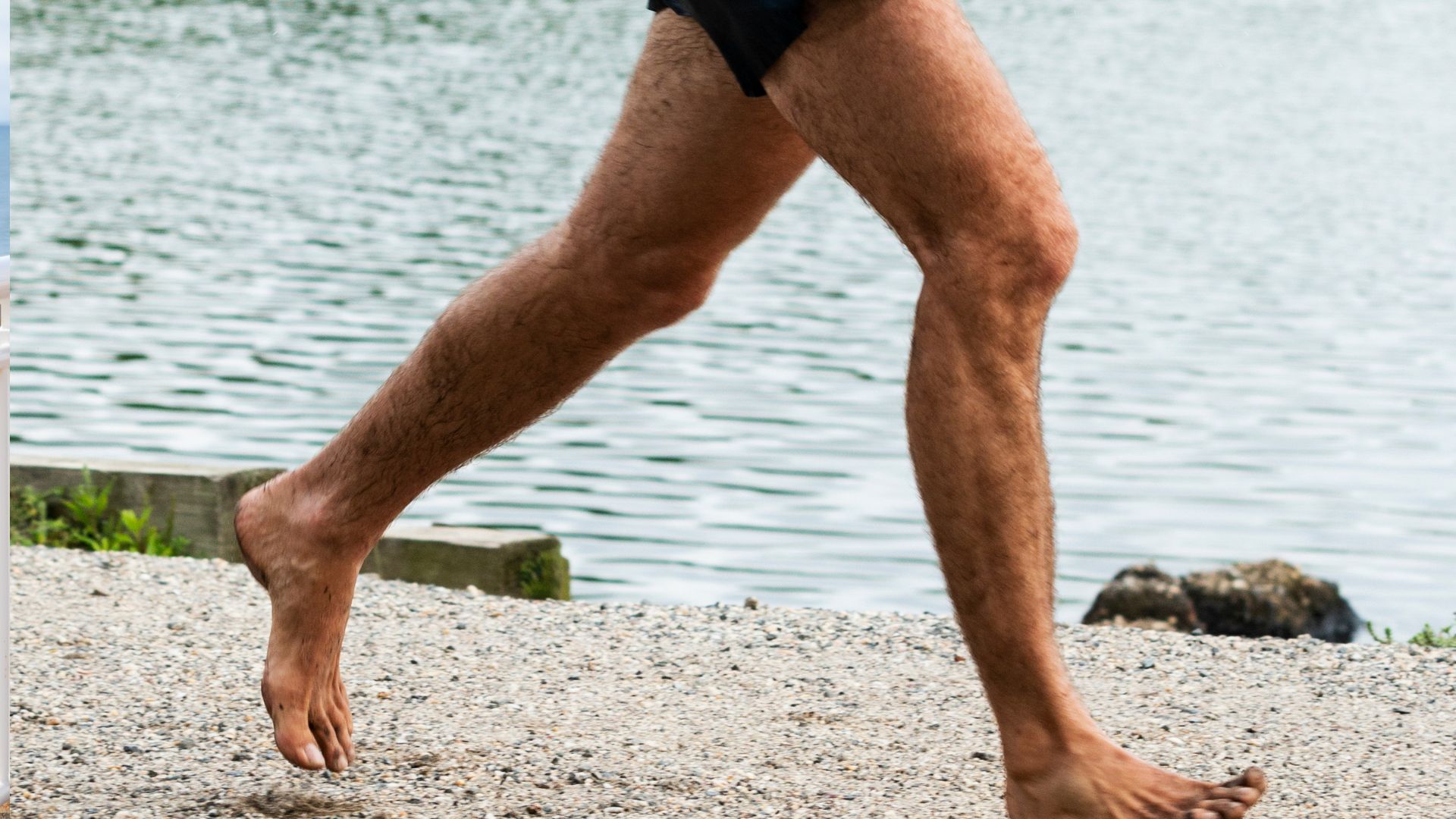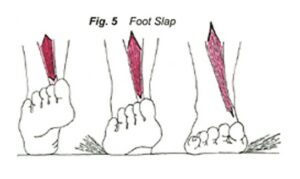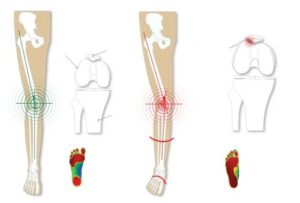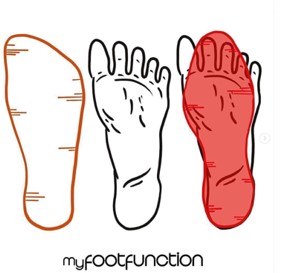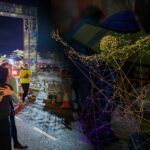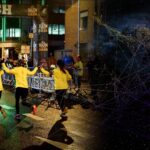Perhaps it seems like an out-there, left-of-field, “not for me” idea, but before I share my barefoot running experience with you, I want to first ask you to bear with me and suspend your doubts or preconceptions of running barefoot. I’m going to explain how it’s been transformative for my training and addressed many of my running-related issues, and, you never know, maybe it’ll address some of yours too!
Why I Started Barefoot Running
Shin splints, plantar fasciitis, inflamed calves, patellofemoral pain syndrome, tendonitis, bunions – I’m only 23 years old, and up until two years ago, I experienced all of these after running. These issues were exacerbated due to my being flat-footed, which often exaggerates common running issues.
Why Run Barefoot?
When you run barefoot you’ll notice that you naturally strike with your forefoot/midsole. However, when running with shoes, we often strike with our heels because the heel cushioning allows us to.
“Okay… what’s so bad about that?”
Well, a) even though the force is cushioned, we’re not built to absorb force through our heels. And b) when we strike with our heels our feet roll forward to spring us forward, which facilitates overpronation (more on that later).
“Okay, well, what about the best marathon runners? They wear the most technically advanced shoes with massive heels.”
You’re right, they do, and it helps them run faster. The difference between them and us is, relative to their height, professional marathon runners are up to 50% lighter than the average person. So the force does indeed affect them, but about half as much as it would the average person.
“Well, can’t I just work on my form and not heel strike?”
If you don’t have access to an environment where you can train barefoot, or feel uncomfortable doing it, it’s definitely worth doing some research on running form and practicing yours. However, some of the issues you experience may still be unavoidable regardless of how much you work on your form, what shoes you wear, or how customised your orthotics are. As humans, we’re born to run, but shoes aren’t factored into that fact.
Can Running Barefoot Help With Shin Splints?
With more force and forward rolling of the foot (which your shoes facilitate) comes more pronation. Pronation is the natural movement your foot makes when it strikes the ground. But an excess of pronation creates a great tug on your tibialis. The tibialis is the long thin
muscle that runs across the front of your tibia (shin bone). When it gets tugged at aggressively, it strains and inflames the tendons in the area. This results in what we call shin splints.
Barefoot Running for Knee and Hip Pain
Training barefoot may help with knee and hip issues that result in part from wearing shoes. Knees play a massive part in shock absorption. The fact that your hips are sore after running often indicates that your knees didn’t absorb the shock very well. This adds up, considering that we’re not built to absorb shock through heel striking. Our knees can only handle so much of the force; the excess, which there’s supposed to be very little of, is transferred up the body.
Overpronation plays a part too: as your feet cave in, your knees follow suit.
You may have noticed your or someone else’s knees caving in during a squat, same story.
Let’s consider the good old juice box straw. It is designed to bend up and down on one axis, with a tiny bit of leeway for incremental bends in other degrees. When you bend the straw left or right, it loses structural integrity. However, when a knee gets bent excessively to the left or right, it results in a torn ACL or MCL – which is why we see so many of these injuries in sports. It’s unlikely you’ll tear a ligament while running, but with your knees unnaturally caving, it gradually creates strain.
Can Running Barefoot Cure Bunions and Plantar Fasciitis?
You’ll notice that most modern shoes have narrow toe boxes that don’t match our natural foot shape.
When your big toe is pushed into a narrow toe box, it can strain the connecting joint, making it inflamed. Being in shoes every day leaves that joint no time to heal, resulting in calcification around the permanently strained joint and an inward bent toe – a bunion.
Your big toe plays a significant role in stability. Imagine your foot as a steady tripod with its legs precisely extending to the little toe, big toe, and heel. But with your big toe pushed inwards, the tripod structure is messed up. This results in feet collapsing inwards, worsening the issues that follow with overpronation. One of the prominent victims of this is the fascial tissue of your foot – the tissue that makes up the arch stretching between the base of your heel and your toes. When strained, it becomes inflamed resulting in the dreaded plantar fasciitis.
Is Running Barefoot Dangerous?
It may seem that barefoot running could be dangerous and, for that reason, many people often overlook or disregard it. Of course, it is important to train in a well-lit area, and to be wary of potential hazards along the route such as glass or metal. I recommend picking a route you know well to start with, and keeping an eye on the path. And, if you haven’t run a specific route before and want to do it barefoot, take it relatively slow the first time.
A slow and steady transition into barefoot running is non-negotiable. The one injury I experienced was not due to a hazard along a route but rather the time it took to adapt after getting used to running in shoes my whole life. The repetitive impact on a joint in my forefoot, which for the past 21 years had not experienced as much stimulation, took some strain. But, of course, I now know this could have been avoided by a steady transition.
Barefoot Hygiene?
Another reason people may disregard barefoot running is because they perceive it as unhygienic.
Let’s look at foot hygiene from a different point of view – athlete’s foot (tinea pedis) – a fungal skin infection. Fungi thrive in warm moist environments. Your shoe is a perfectly warm and moist environment, which your foot barely leaves. To keep our skin healthy, it needs to breathe.
It goes without saying that your feet will get dirty, but it’s okay; they’re built for it, but please still wash them for the sake of your bedsheets.
I had a good few blisters within my first months of barefoot training. This could have mostly been avoided with a steady transition. Should this happen to you, treat it like any other blister – Keep it clean, and avoid any more friction on the area until it’s healed.
Bonus question for my fellow flat-footed community:
Can Running Barefoot Fix Flat Feet?
For starts, we need to look at flat feet not as though they’re broken but different. The issue that comes with having flat feet is that they’re not suited to most footwear. Training and being barefoot as much as possible can address the problems you experience and strengthen and loosen up your feet, but you won’t suddenly develop an arch.
How to Start Barefoot Running
Slow! Be barefoot wherever it’s appropriate. This would typically be limited to time at your home, but even this helps with the transition. If you participate in a cross-training programme like CrossFit, ask if training barefoot is permitted.
See if you can run on grass for your next running training session. Throughout the week accumulate 2km of running barefoot on the grass. If you can only run on tar, keep it to 1 km of barefoot running. For the second week try 3.5km on grass or 1.5km on tar, for the third 5km on grass or 2km on tar, and so on and so forth. It will be uncomfortable at first, and your feet will feel a little raw and cold at times, but after about three months into it, it’s hard to turn back. Turning back proved impossible for me.
Foot Foundations
A solid foundation is the most essential part for maintaining the structural integrity of a building. If the foundation is damaged, it puts the entire building at risk. The feet are the foundation of the human body, and like a building, if they’re put under strain, it puts whole body at risk.
About The Author
Joseph Passchier is a runner with a keen interest in weightlifting and mobility work and has a long-standing relationship with running! His biggest feats are running a sub-20min 5km (while recovering from bronchitis – highly unrecommended) and averaging in the top 10% of almost all the running events he has participated in. Originally from South Africa, Joseph is passionate about creative writing and works in digital marketing and content creation.
Run in the Dark
As darkness sweeps around the globe every November, 25,000 people worldwide get up from their armchairs, slip on their red flashing armbands and pull on their running shoes to complete a 5k or 10k. From Sydney to San Francisco, together, we run for those who dream to walk.
Sign up to Run in the Dark from June each year here: http://runinthedark.org/register


